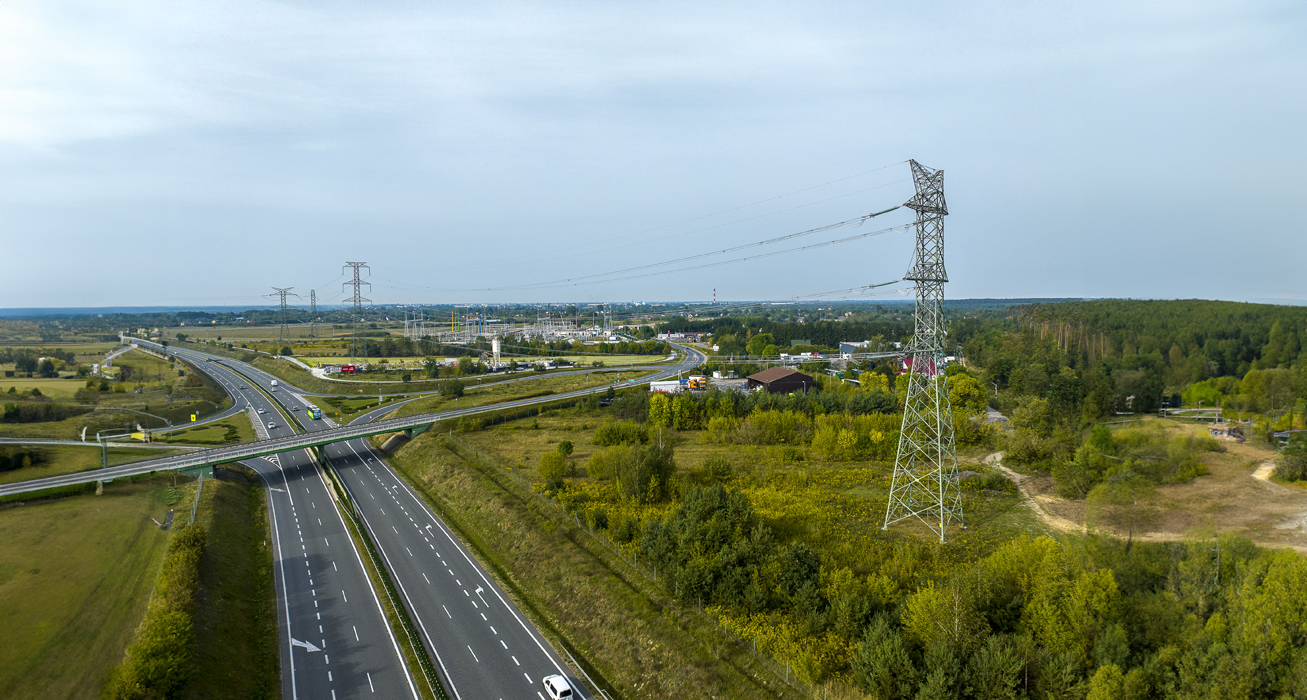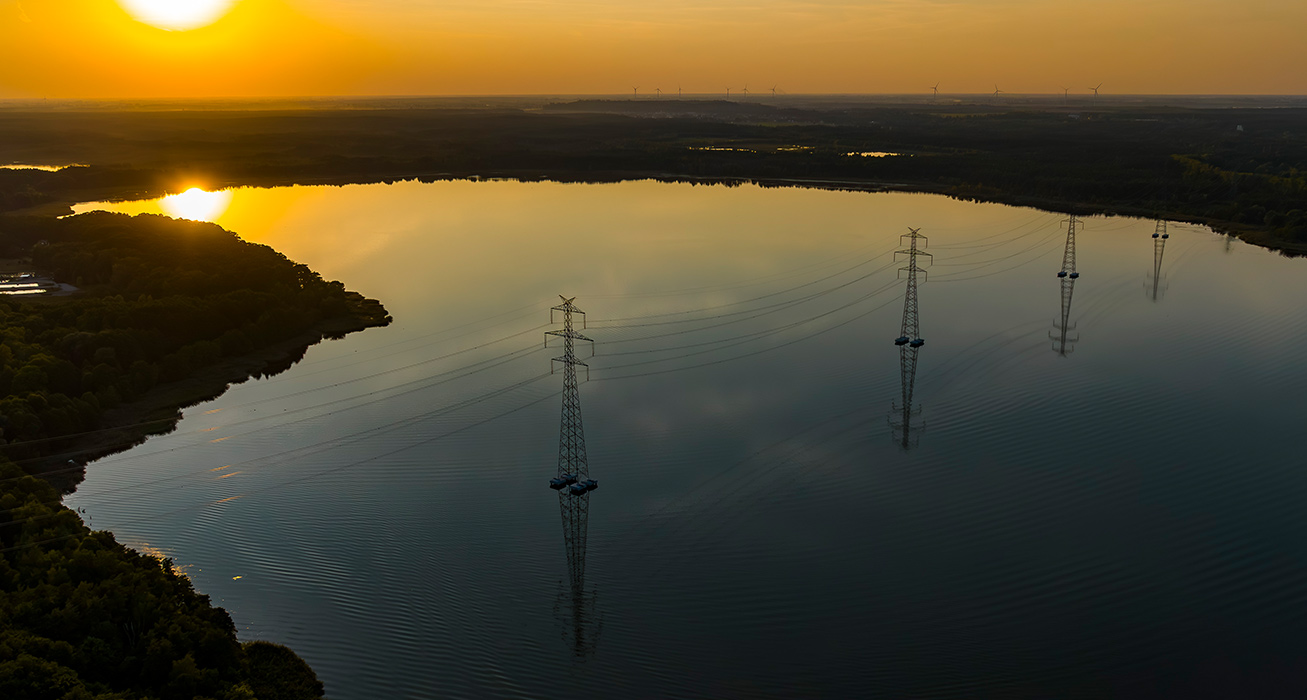|
Target group
|
Description
|
Communication tools and methods*
|
| |
|
|
| |
|
Contractors of investment tasks
|
Third-party companies selected through public and non-public tendering procedures. They act for and on behalf of PSE, influence the opinions of local communities and authorities, and form the image of our company as an investor.
|
Face-to-face meetings, industry conferences, internal training, efficient communication in investment tasks as part of social communication programmes (folders, website, press briefings, conferences, films, educational programmes, etc.) defining good communication practices and guidelines, and cooperation based on the principles of sustainable development.
|
|
Public administration, local authorities
|
Transparent and professional information and educational activities as part of social communication contribute to the building of proper relations.
|
Face-to-face meetings, letters of intent, dedicated specialist conferences, company-wide, specialist and investment task folders, expert magazine, PSE impact report presenting financial and non-financial data in an integrated way, website.
|
|
Public opinion, local communities
|
A key group from the point of view of running infrastructural projects. Convincing its immediate neighbours to accept the project and establishing the utility easement are crucial to the project completion time. Contact with the group makes it possible to gain greater public acceptance or to work out a compromise.
|
Media relations, press articles, websites, Twitter, YouTube, PSE, folders, leaflets, educational programmes for residents of the communes where the project is planned, meetings held through contractors and directly.
|
|
Protest committees, local leaders of protests and social actions
|
Local initiatives resulting from public disapproval of a proposed solution and representing the interests of the whole community or a selected group.
|
Official correspondence, participation in meetings and during protest actions.
|
|
Employees, managerial staff of PSE Group
|
Committed and motivated employees and managers make a huge difference to the efficiency of PSE operations. The degree to which employees are informed, and their job satisfaction level are critical to building employee commitment.
|
Employees, managerial staff of PSE Group. Committed and motivated employees and managerial staff determine to a great extent the efficiency of PSE operations. The degree to which employees are informed, and their job satisfaction level are critical to building employee commitment. Code of ethics and conduct in line with the values, intranet, PSE impact report presenting financial and non-financial data in an integrated manner, information leaflets, communication of strategic projects, surveys, communication of implemented changes, face-to-face meetings, team building meetings, company celebrations, Przesył magazine, newsletter.
|
|
PSE Group employees involved in the investment process
|
Committed and motivated employees, managerial staff, and principles of business ethics greatly determine the company’s operating efficiency. The degree to which employees are informed, and their job satisfaction level are critical to building employee commitment.
|
In addition to tools intended for all employees, additional tools supporting their current work include specialist folders, dedicated training and Q&A documents.
|
|
Local and regional associations
|
Local and regional non-governmental organisations working for the development of a particular area, such as a commune, village or district.
|
Providing comprehensive and reliable information on the project with a particular focus on the planned line location and route, as well as the opinions of representatives of local communities – face-to-face meetings, promotional materials (brochure) and a website.
|
|
Environmental associations and NGOs
|
Local, regional and national non-governmental organisations working for the protection of the natural environment, flora or fauna conservation, or involved in developing environmental initiatives in the areas concerned.
|
Face-to-face meetings with association representatives, provision of informational materials with particular emphasis on environmental aspects and related investor activities.
|
|
Business partners
|
Companies working with PSE at the pre-investment stage and performing services commissioned by PSE.
|
Information on security policy, ISO certificates in place and anti-corruption policies provided by employees at meetings with partners and associates.
|
| |
|
|
| |
|
Central administration, parliament
|
Ministries and central authorities, members of parliament – especially those involved in parliamentary committees and teams.
|
One-on-one meetings, presentations, folders, industry and economic conferences, website, PSE impact report presenting financial and non-financial data in an integrated manner, expert magazine.
|

